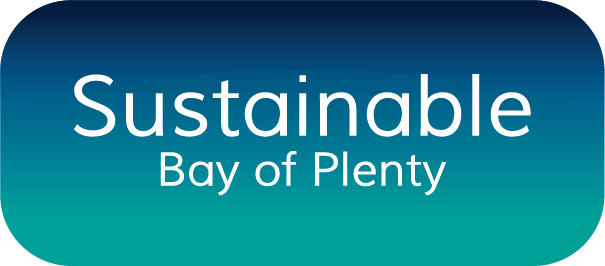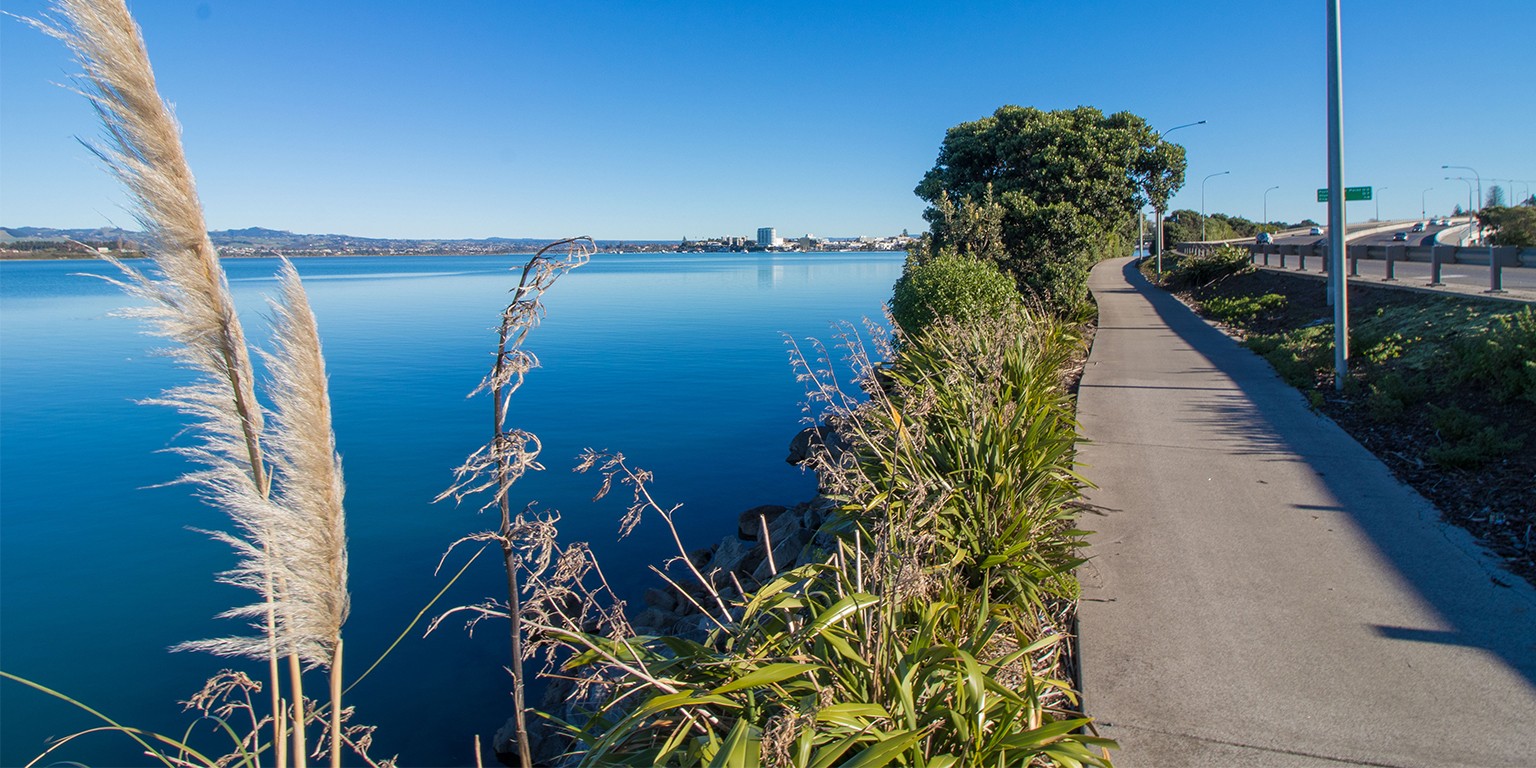Tauranga City Council’s Long Term Plan (LTP) usually attracts submissions from a few policy geeks and annoyed ratepayers. This year’s LTP is different, coming at a crucial time in the city’s democratic history, with commissioners in charge and looking to deliver on central government’s ‘growth agenda’. Sadly, they are peddling the same unsustainable ‘SmartGrowth’ plan, only with bigger rates increases than ever.
For those not familiar with the concept, at its simplest, the ‘growth agenda’ is to grow GDP (which allows central government to boast that they are growing the economy) by adding people. NZ has seen record immigration in recent years – about 50,000 people per year since 2013. In 2019, our immigration was three times the US rate per 1000 population, and nearly five times that of the UK. Along with the usual internal migration into the Western Bay, that resulted in record population growth in Tauranga.
The government’s response has been to tell councils in ‘growth areas’ like Tauranga (and Auckland and Hamilton) that they need to plan to build “up and out”. Unfortunately, here in Tauranga, there aren’t any big run-down industrial areas (brownfields) that can be easily redeveloped, so ‘building up’ is difficult. The only way for Tauranga to increase density in existing areas is by buying up expensive residential housing held on individual titles.
Realistically, a government-funded urban development authority seems the only agency likely to make that happen at scale. While central government considers what it might do to address this issue, the easiest option is for Tauranga to continue to grow ‘out’, which is exactly what the Council is planning.
Councils are sticking to their so-called SmartGrowth plan to expand into Te Tumu (between Papamoa and Maketu) and up the Kaimai into Tauriko West. About 80% of all new houses over the next decade are planned for these ‘greenfield’ areas. This Long Term Plan aims to invest $4.6 billion into capital projects over the coming decade and a big chunk goes to deliver infrastructure (roads, water and wastewater) to service those areas.
The infrastructure costs are staggering. The Council plans 10,000 new homes in Te Tumu and Papamoa East. Opening up Tauriko West could result in around 3,250 new houses. The LTP states the council infrastructure will cost around $50,000 per dwelling in Papamoa-Te Tumu and over $90,000 for every new house in Tauriko. That’s on top of the estimated $900 million from government to upgrade the Tauriko leg of State Highway 29.
Meanwhile, developers have to buy the land, pay subdivision costs, provide infrastructure to each new section, and pay development contributions to the council to ‘connect’ the new subdivision to the city. All those costs get added to the cost of a section and passed on to the home buyer, along with Council’s consenting costs and an additional $28,000 required by the Council for “Citywide development contributions” – to provide drinking water, treat wastewater, and so forth.
The Commissioners insist the goal of this LTP is to provide ‘affordable’ housing, but the numbers don’t stack up. By the time you add the price of the house itself to all those costs above, a new home in Tauriko West will clearly not be affordable for a low or median income family.
What’s more, the plan doesn’t look affordable for existing residents. Council’s focus on growth will double the rates take over the next five years, and council’s debt will double by early 2025!
Why should residential ratepayers keep paying more and more rates, year after year, so that developers can sell expensive new houses to new residents, adding to traffic congestion, the city’s debt, and environmental problems?
When Council itself highlighted these same concerns three years ago, in the last LTP, it commented that “We are working with the Government … on ways to assist us in meeting our financial challenges around growth.” That seems to have failed, as this plan doubles down on rates funded growth.
To be fair, Council’s plan does include much-needed money for infrastructure such as cycleways that will allow our children and grandchildren to safely bike to school, as well as urgent transport projects, including upgrading the Hewletts Rd-Totara St bottleneck.
However, if you follow the money, you’ll see this plan is mainly about the growth agenda. 62% of new capital investment goes on growth projects, while only 38% is to be spent on improving levels of service for existing residents.
The result is an unsustainable plan that delivers an unsustainable city. It forces ratepayers to fund more and more urban sprawl, resulting in massive rates increases, even bigger increases in debt, worse congestion, increased CO2 emissions, and more air and water pollution. Yet despite all this, we will still end up with unaffordable housing.
So let’s change the plan. We need to tell the Council that we want a sustainable plan that addresses the issues facing our city, not more ‘SmartGrowth’ that doesn’t work.
Let’s hope the Commissioners are listening.
Glen Crowther is the Executive Director of the Sustainable Bay of Plenty Charitable Trust


Phase One near complete is the information gathering stage and includes initial engagement with TCC activity managers, and already-engaged stakeholders to ensure a representative view of the current state of sustainability performance of the council for its own operations, and the city. Phase Three 2022 and beyond will involve: · the implementation of the sustainability framework, through the broader strategic framework · agreeing resourcing for the subsequent ten years through the 2024-34 Long-Term Plan process · monitoring and measurement of the quantitative and qualitative outcomes · reporting of achievements, challenges, and opportunities.